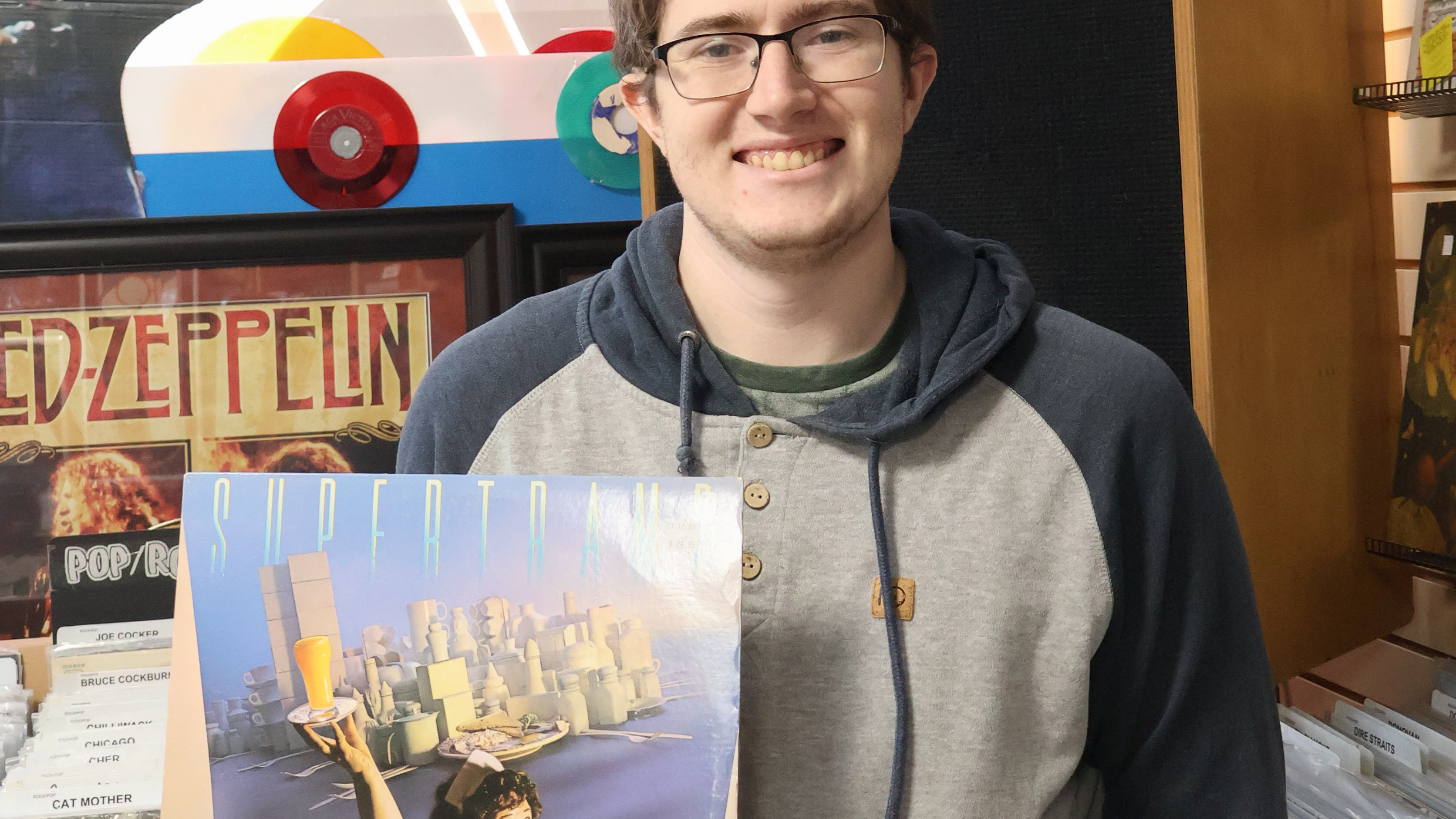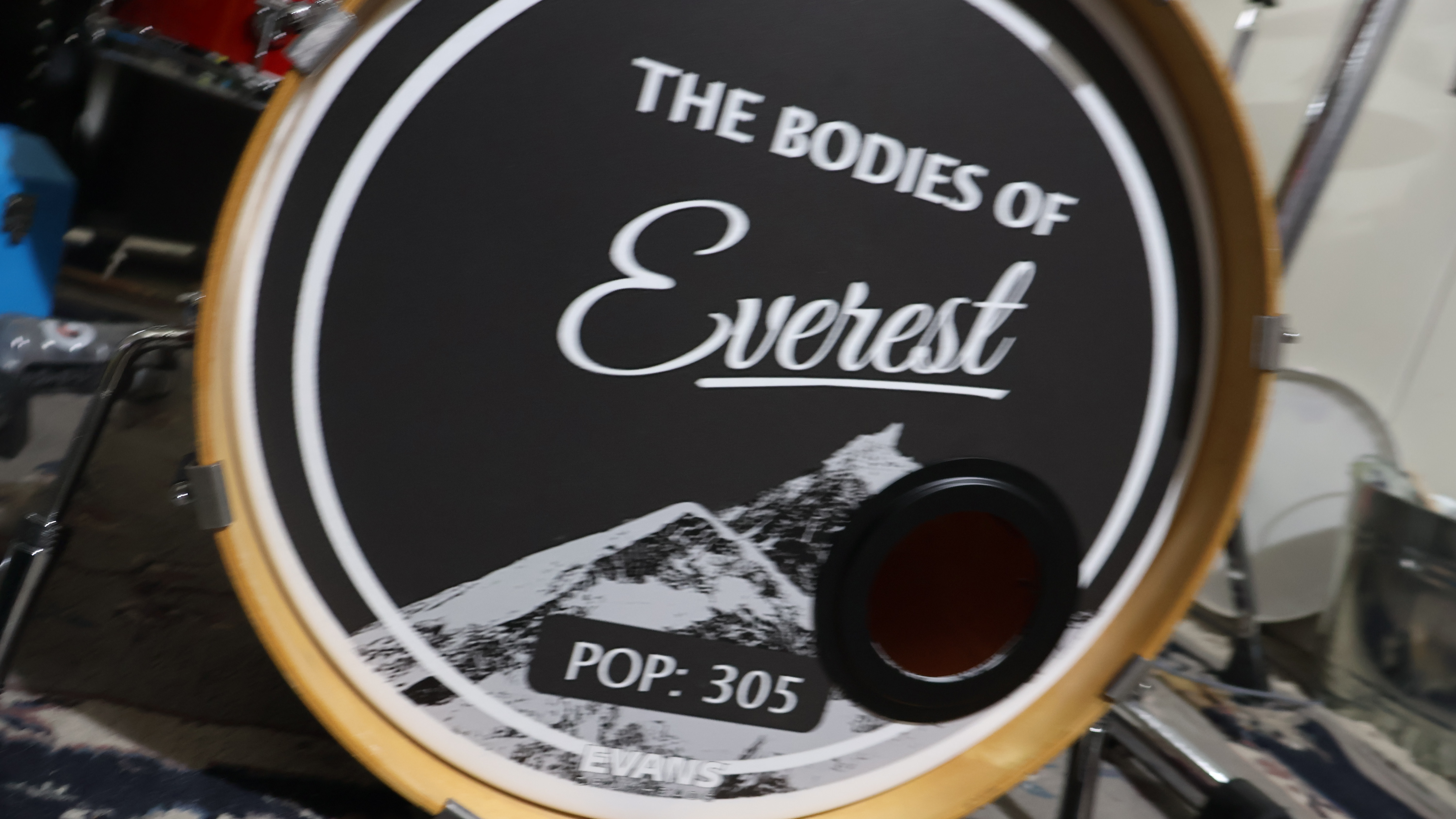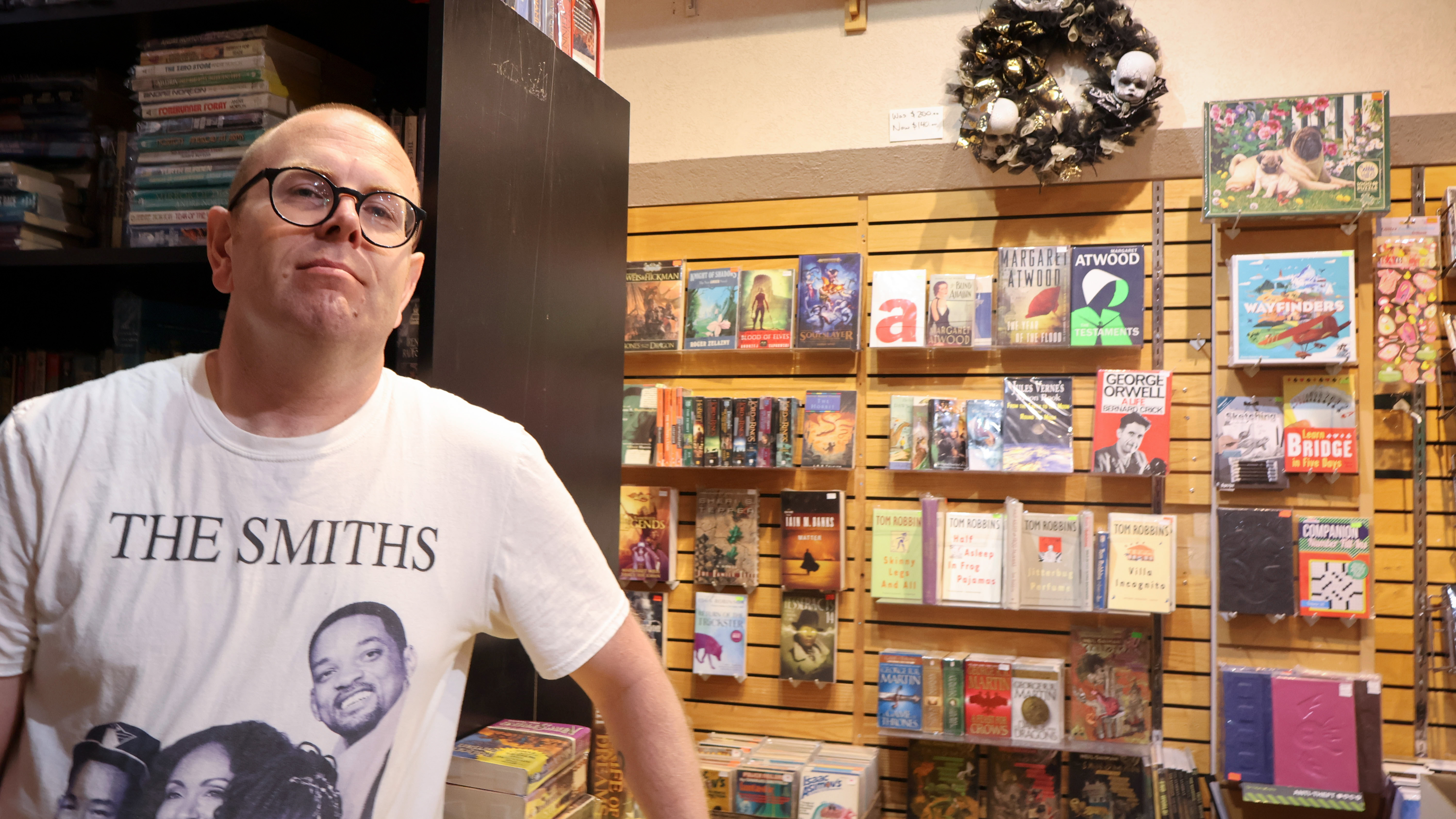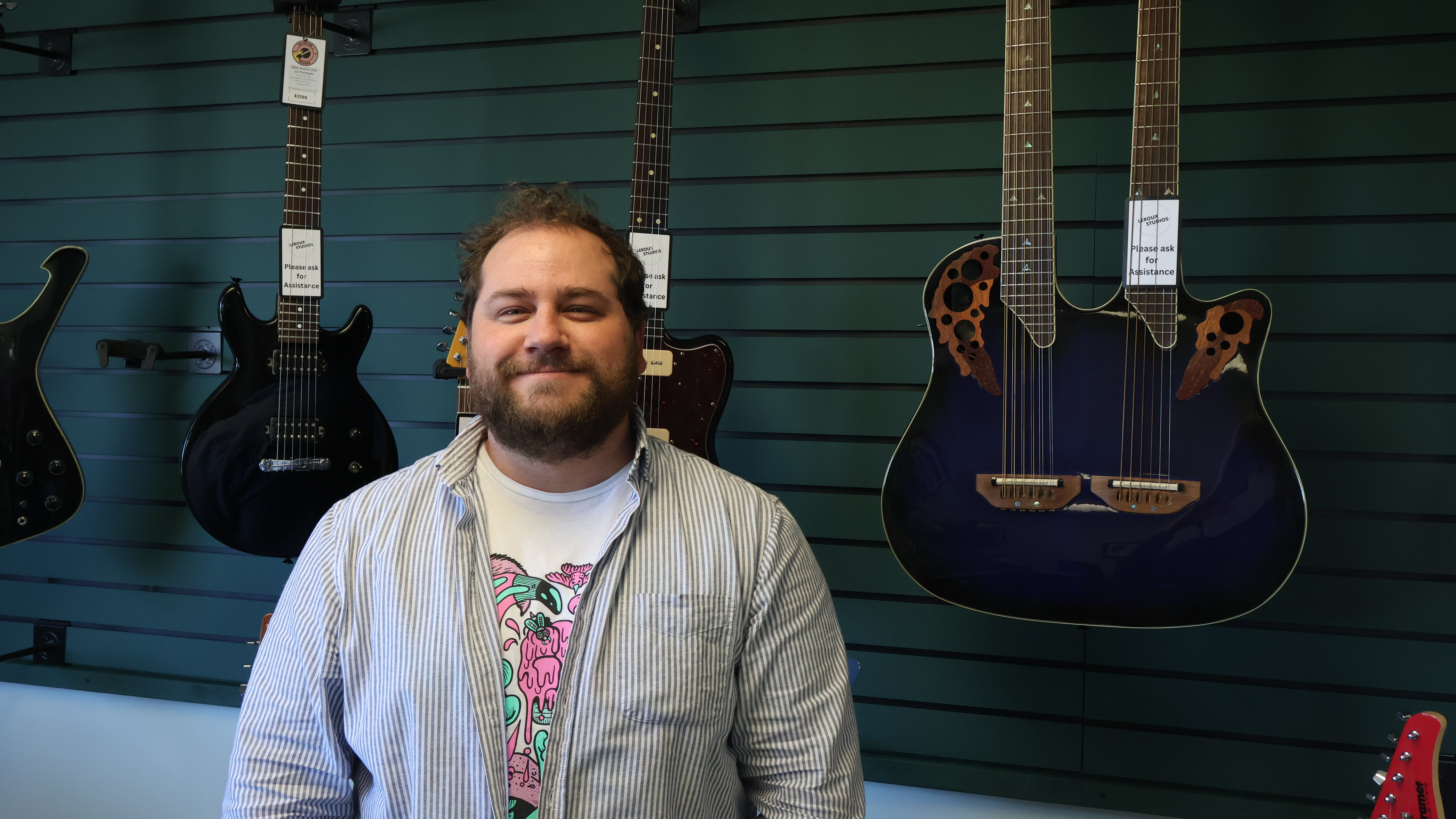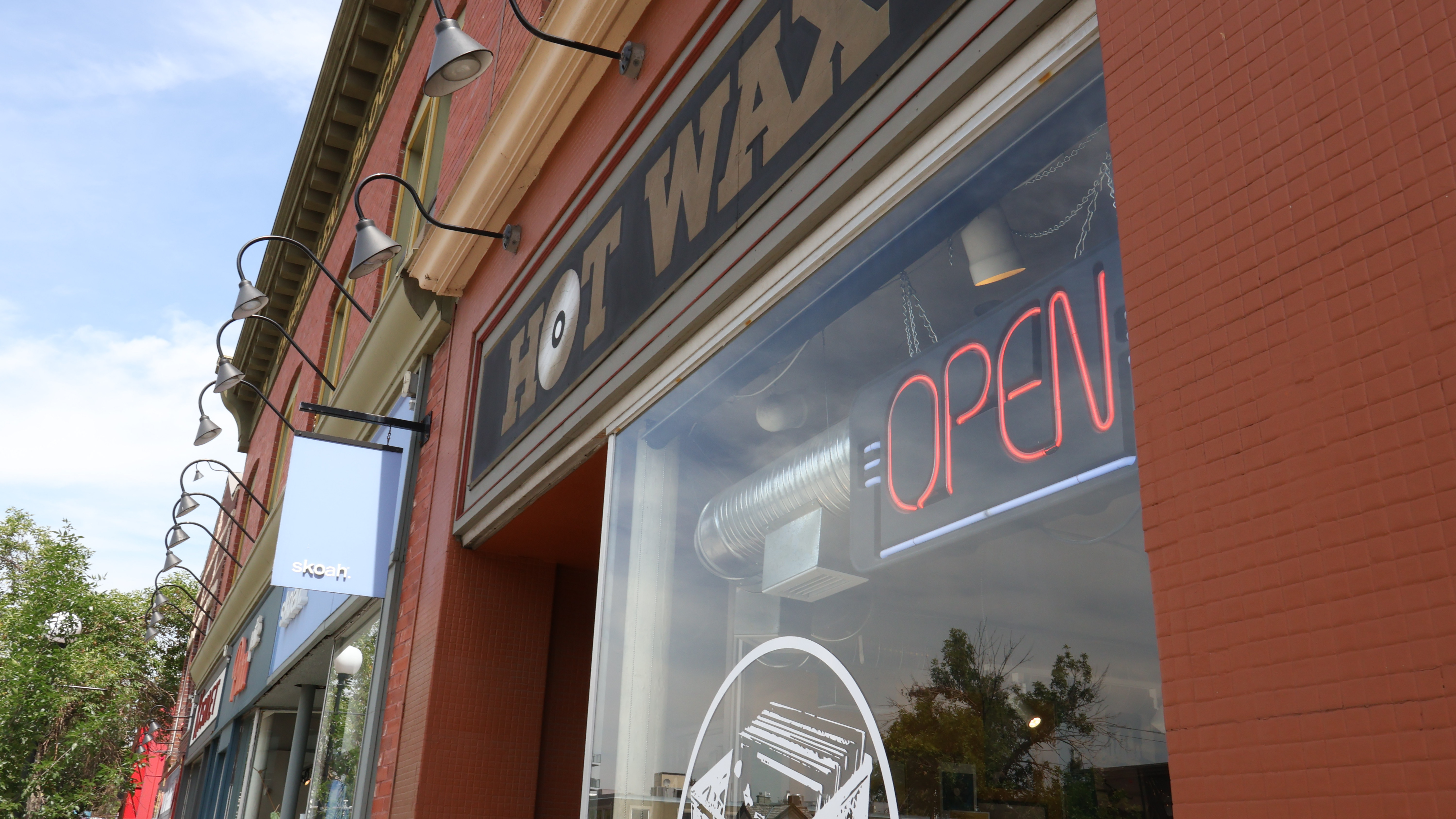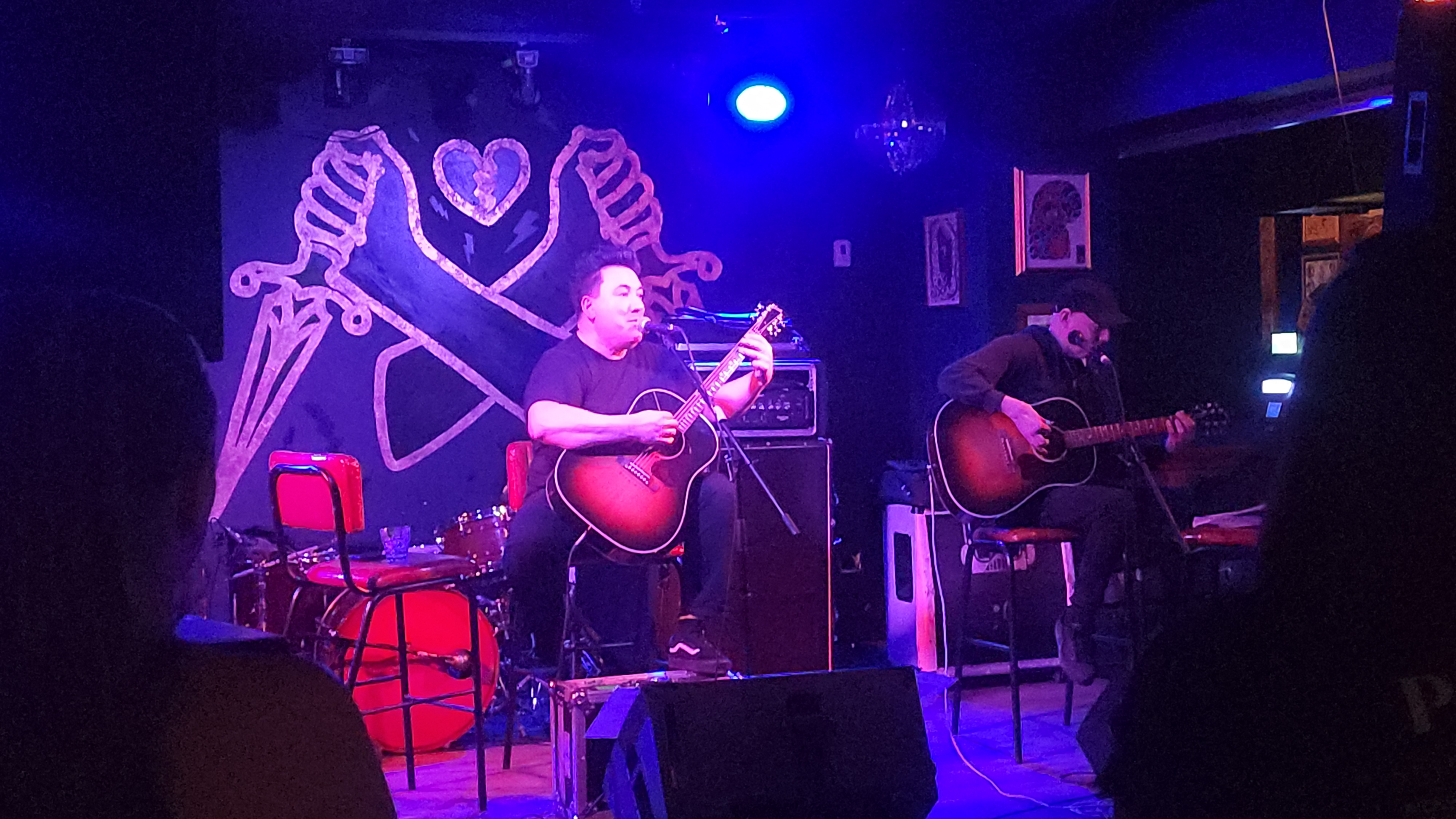By: Nicolas Kole
For more than half a century, George Webber has been shining a bright light into a dark room.
Webber started as a photographer at SAIT in 1974, then left to work at Alberta Health Services (AHS). Before returning to SAIT as an instructor in 1980. Over the years, he has witnessed the program change from a hands-on, film-based course to being fully digital.
“We paid $20,000 for a two-megapixel camera,” he said of the first digital technology used by the institute.
His career began while attending Carlton University in Ontario, where he chose the writing major, graduating in 1974.
It was after he arrived at SAIT in 1974 that his photography interests were piqued after being tasked with writing a series of educational film scripts about photography.
“I thought, ‘Oh my god,” he said.
While doing research at the SAIT library — when it was on the third floor of the Senator Burns Building, and a quarter of the size of the current iteration — a book with a funny looking spine, written by Henri Cartier-Bresson, caught his attention.
The book was titled The Decisive Moment and turned out to be one for Webber.
“I was 22 at the time and I looked through this book, not very interested, and when I closed it, I knew I wanted to be a photographer,” he said.
Since then, he began doing photography on the side, building connections with colleagues from his course, he really stressed how photography enter the lives of others and learn about them. From there Webber worked as writer on TV series and gained the opportunity to work at Alberta Health Services. Through the grapevine he heard there was a photographer contract job at SAIT.
“It was roughly half of what I was making, but I really wanted it.” he said.
In the 1980s George Webber used to work in the Educational Services at SAIT. This service would provide everything from graphic artists, photographers, and videographers. Whereas nowadays every media is outsourced, SAIT would do everything in house. From there an instructor suggested that people take this course for photography, thus the continuing education program was born.
However, things were changing, roughly between the years 2000-2001. While doing publication for SAIT everything was still shot on film, a time when digital cameras were the hottest and most expensive item in the photography world.
Despite the general idea of knowing how to set up a photograph for different mediums remaining the same, the sheer number of photos that could be taken with digital was the game changer.
“People tend to shoot a lot less with film, because every time you release the shutter that’s costing.” he said.
The landscape has completely changed for photographs even so, Webber still uses both formats to his advantage. Having a darkroom in his own home and using film for long term projects such as photos for The Glenbow Museum.
“I think it has a particular look; I wouldn’t say it’s better but it’s beautiful.” he said.
Even though the medium is beautiful, the assignments for film photography back in the day posed a challenge for students. Webber recalled an assignment where a student would need to shoot a picture and have a print within one hour.
“Shooting would take 10 minutes and another 20 for a print, that’s almost a whole hour filled.” he said.
Despite the dark room used for the journalism program for about 20 years, even still the everlasting legacy of the dark room lives on through from photographers past.
“A number of famous photographers have been through this place.” Said George Webber
Amongst famous Herald photographers such as Leah Hennel and students that went on to photograph for major magazines like National Geographic. This legacy is what drives Webber to be excited to keep this format going is the excitement of the students and their drive to learn.
“The creativity among the students is mind boggling, out of all the years I’ve taught I’ve never had a group of students as good as these.” he said.
At the end of day Webber is an instructor who has found his calling in life, and it does it because it’s fun not about the paycheck that comes with teaching. He loves the challenge and competitiveness of being a photographer.
“I have two younger brothers, when they introduce me, they say, this is George he hasn’t worked a day in his life.” he said.
In the end George Webber’s legacy will be forever engraved into SAIT and shows despite the testament of time, some things will never fade out in the wrong hands.

